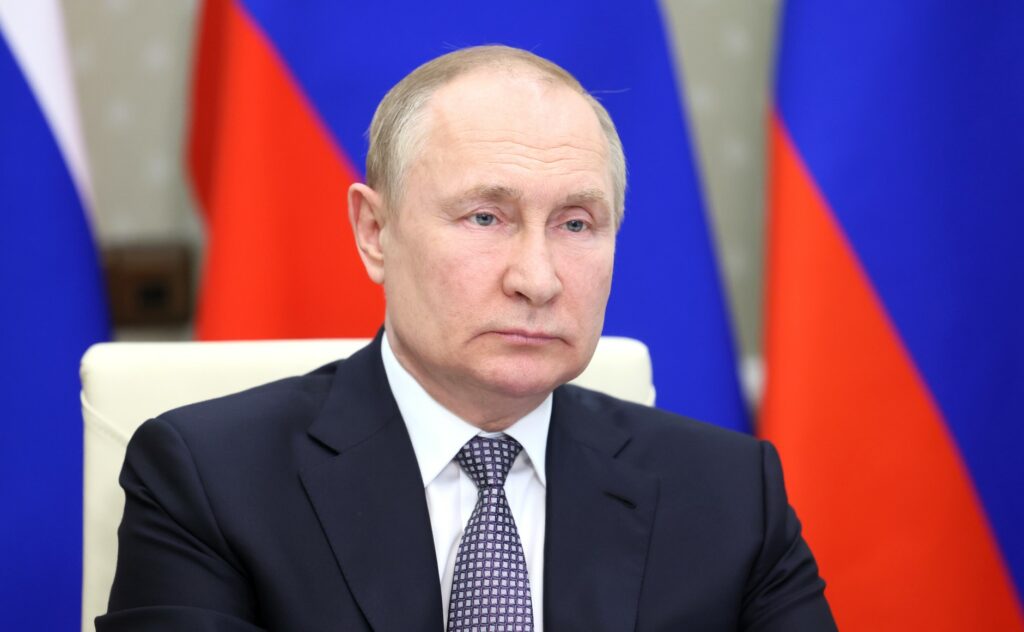Putin’s Victory Day Ceasefire Exposes Deep Fears of Ukrainian Sabotage

According to Mark Galeotti, writing in The Spectator (April 30, 2025), Vladimir Putin’s recent announcement of a three-day ceasefire in Ukraine is not a humanitarian gesture but a calculated act of political self-preservation.
Framed as an effort to honor the fallen of World War II, the truce — from May 8 to May 11 — is designed to ensure that Russia’s Victory Day commemorations proceed without disruption, especially from Ukrainian sabotage or military embarrassment.
The Kremlin has cloaked the ceasefire in patriotic language, but observers, including Russian media voices, understand its true aim: to maintain the spectacle of martial unity and ideological supremacy, unmarred by the realities of the ongoing war.
Victory Day, held annually on May 9 in Russia, is both a national holiday and a cultural ritual. It marks the end of the Second World War in Europe and celebrates the Soviet Union’s role in defeating Nazi Germany. For the Russian public, it’s a day of reflection and pageantry — parades, military bands, and patriotic films. For the Kremlin, however, it’s an annual display of geopolitical theater.
This year, the stakes are even higher. The 80th anniversary of Victory Day is expected to draw high-profile international guests including China’s Xi Jinping, Vietnam’s To Lam, and Brazil’s Luiz Inácio Lula da Silva. An invitation was also extended to India’s Narendra Modi, though recent tensions with Pakistan appear to have complicated his attendance.
The optics of the event matter deeply to Putin’s regime.
Victory Day serves not only to commemorate the past but to sanctify the present — a way of mythologizing the Russian military while legitimizing its actions in Ukraine.
The pageantry on Red Square is meant to convey strength, continuity, and historic righteousness. But in a twist of irony, the greatest threat to this narrative is no longer NATO or the West — it is Ukraine. In 2023, a drone exploded above the Kremlin’s Senate Palace just days before Victory Day.
Since then, Ukraine has developed longer-range strike capabilities, and its operatives have become increasingly effective at covert disruption. The assassination of Lieutenant General Yaroslav Moskalik in April 2025, via car bomb near Moscow, was just the latest demonstration of this reach.
In response, Russia has not only declared the ceasefire but has revived one of its more arcane methods of control: cloud seeding. In prior years, the Kremlin deployed planes to disperse dry ice and silver iodide into the skies to force rainfall before major public events, ensuring clear weather over Moscow.
That strategy continues today — a literal attempt to manipulate the heavens for the sake of image management. But weather is the least of Putin’s worries this year. The greater concern is the symbolic and psychological impact of any Ukrainian disruption — even a small one — during the parade. With foreign dignitaries present, any explosion, incursion, or even a false alarm could shatter the illusion of total control.
Ukrainian President Volodymyr Zelensky has countered Putin’s ceasefire proposal with his own: a 30-day truce.
Citing humanitarian concerns, Zelensky argued that if Moscow truly wanted peace, it would embrace a more meaningful cessation.
U.S. President Donald Trump reportedly also encouraged a longer-term peace agreement, though Kremlin responses have been dismissive. These rejections underscore the performative nature of Putin’s three-day pause. Rather than de-escalate the conflict, the Kremlin seeks to momentarily freeze it — not to save lives, but to save face.
And yet, history is not easily rewritten by parades.
Ukraine’s strategy has evolved toward asymmetrical operations designed to erode Russia’s domestic illusion of security.
Their timing is intentional: they target the sacred rather than the strategic.
A drone strike near a parade route or a breach of airspace over central Moscow would reverberate more powerfully than a front-line advance in Donetsk. The message would be clear: the war is not just in Ukraine — it’s inside Russia, too.
As Victory Day approaches, Putin finds himself not merely at war with Ukraine, but at war with unpredictability itself.
His need for a ceasefire is a tacit admission of vulnerability.
The Kremlin may control the choreography of its soldiers and the soundtrack of its parades, but it cannot silence the drones overhead or the shadows on the ground. The battle for narrative supremacy is being fought not just with guns, but with spectacle — and in this theater, even a single Ukrainian firework could expose the myth of invincibility.

